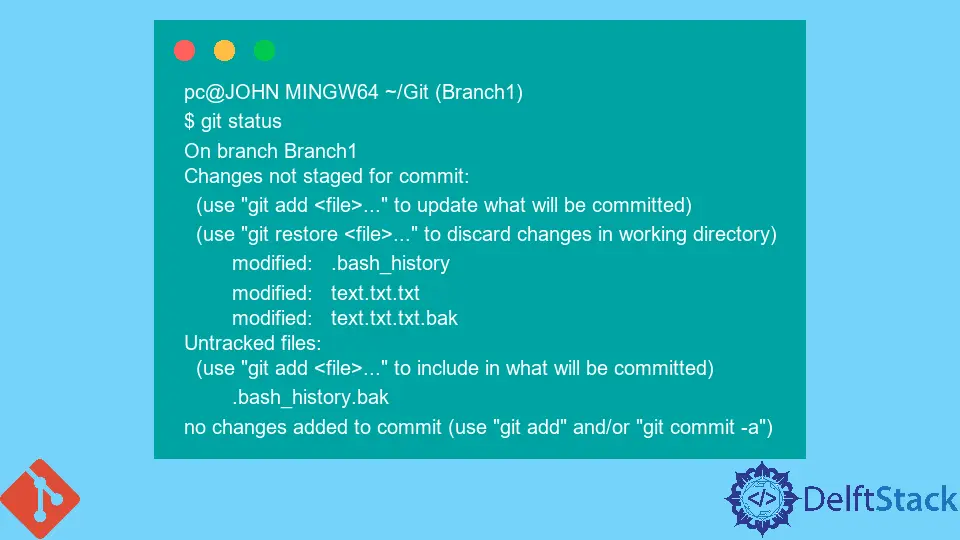在 Git 上创建和使用分支

本教程介绍 Git 分支。我们将看到 Git 分支如何帮助你组织项目。
我们将处理的一些命令是 git branch 和 git checkout。
在 Git 中使用 git branch 命令创建、显示和删除分支
我们使用 git branch 命令来创建、显示和删除分支。
你不能使用该命令在不同的分支之间进行切换。
git branch显示你的仓库中的所有分支。git branch <branch name>在我们的仓库中创建一个新分支<branch name>。git branch -d <branch name>删除分支<branch name>。在运行此命令之前先合并更改。git branch -D <branch name>无一例外地删除一个分支。当你对决定持肯定态度时,请使用此命令。git branch -m <branch name>重命名或移动分支。
让我们创建一个名为 New_Branch 的新分支。
pc@JOHN MINGW64 ~/Git (main)
$ git branch New_Branch
检查分支是否存在。
pc@JOHN MINGW64 ~/Git (main)
$ git branch
New_Branch
* main
我们从上面的输出中有两个分支,New_Branch 和 main。
现在让我们尝试删除 New_Branch。
pc@JOHN MINGW64 ~/Git (main)
$ git branch -d New_Branch
Deleted branch New_Branch (was 78129a6).
当你有未合并的更改时,你将收到一条错误消息。使用 git push origin --delete <branch name> 从远程仓库中删除分支。
使用 git checkout -b <branch> 创建具有当前 Git 更改的新分支
git checkout 命令在项目的分支之间切换。
要检查仓库中的现有分支,请使用 git checkout <branch>。下面是一个例子。
$ git branch
Last_Branch
New_Branch
* main
pc@JOHN MINGW64 ~/Git (main)
$ git checkout New_Branch
Switched to branch 'New_Branch'
M .bash_history
M text.txt.txt
M text.txt.txt.bak
在上面的代码中,我们有两个分支,New_Branch 和 Last_Branch。我们使用 git checkout New_Branch 从我们的 main 分支切换到 New_Branch。
使用 git checkout -b <branch> 切换到新分支。让我们看一个例子。
pc@JOHN MINGW64 ~/Git (New_Branch)
$ git checkout -b Branch1
Switched to a new branch 'Branch1'
当你切换到新分支时,Git 会自动将你当前分支的更改保存到新分支。看一下这个。
pc@JOHN MINGW64 ~/Git (Branch1)
$ git status
On branch Branch1
Changes not staged for commit:
(use "git add <file>..." to update what will be committed)
(use "git restore <file>..." to discard changes in working directory)
modified: .bash_history
modified: text.txt.txt
modified: text.txt.txt.bak
Untracked files:
(use "git add <file>..." to include in what will be committed)
.bash_history.bak
no changes added to commit (use "git add" and/or "git commit -a")
上面的输出证明 Git 保存了从 main 分支到 Branch1 的更改。
John is a Git and PowerShell geek. He uses his expertise in the version control system to help businesses manage their source code. According to him, Shell scripting is the number one choice for automating the management of systems.
LinkedIn